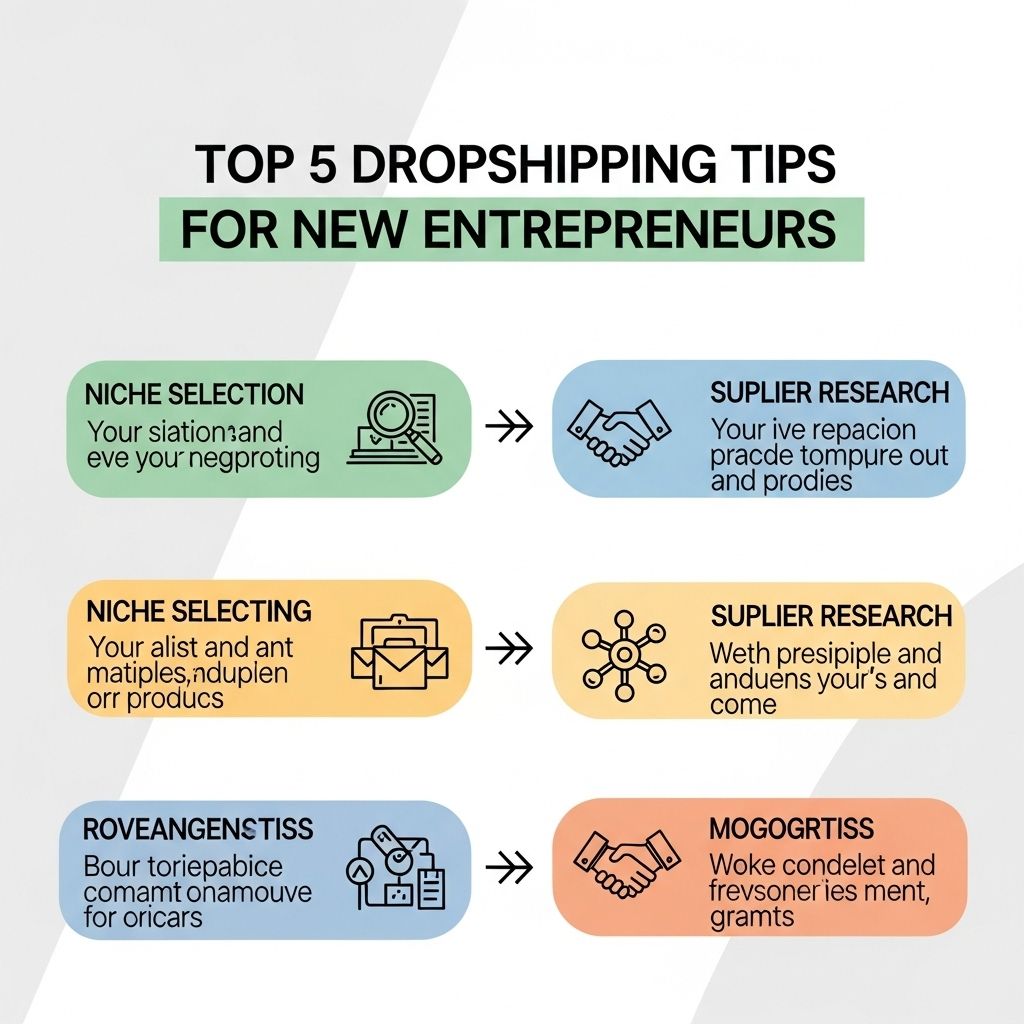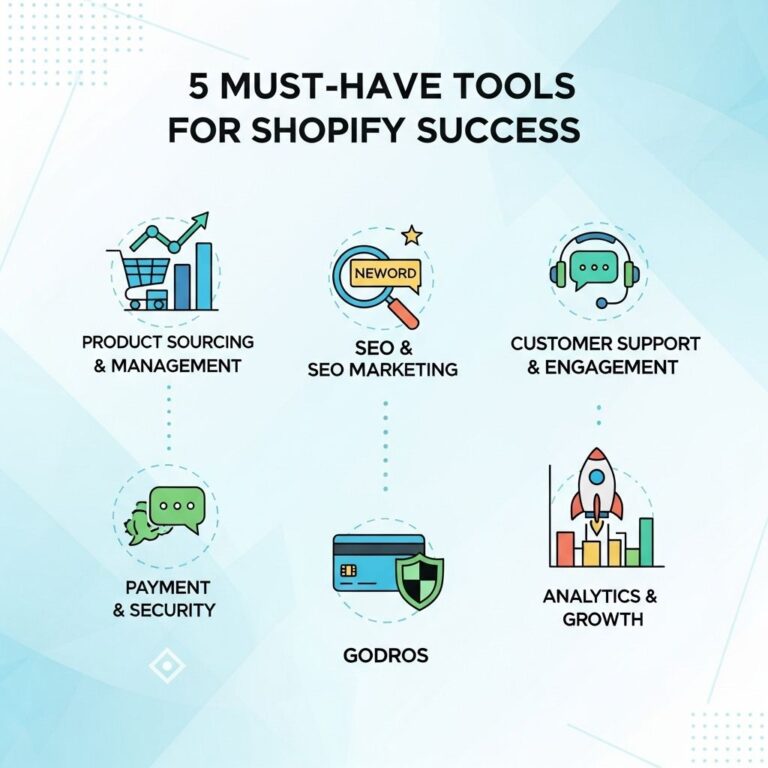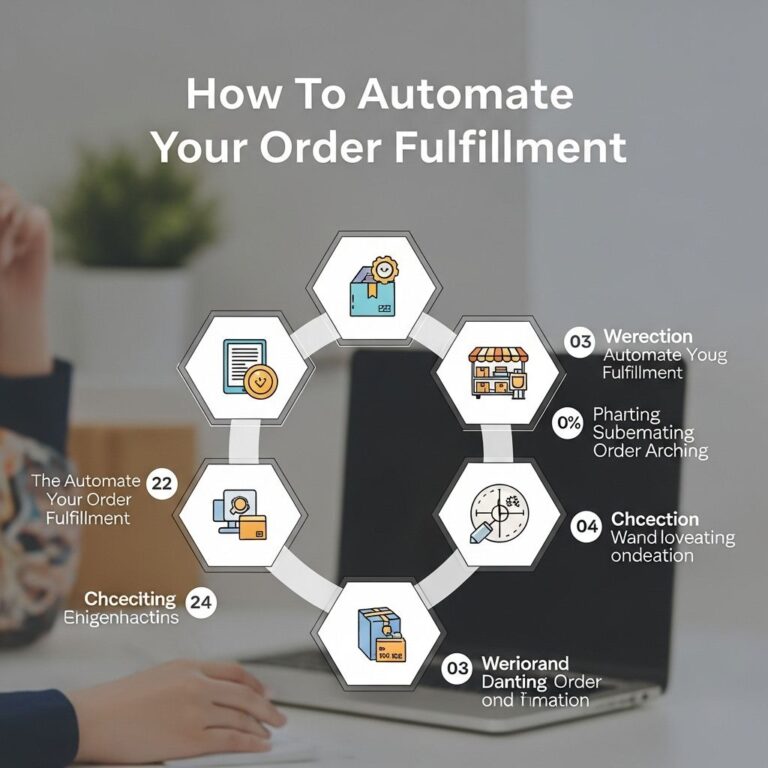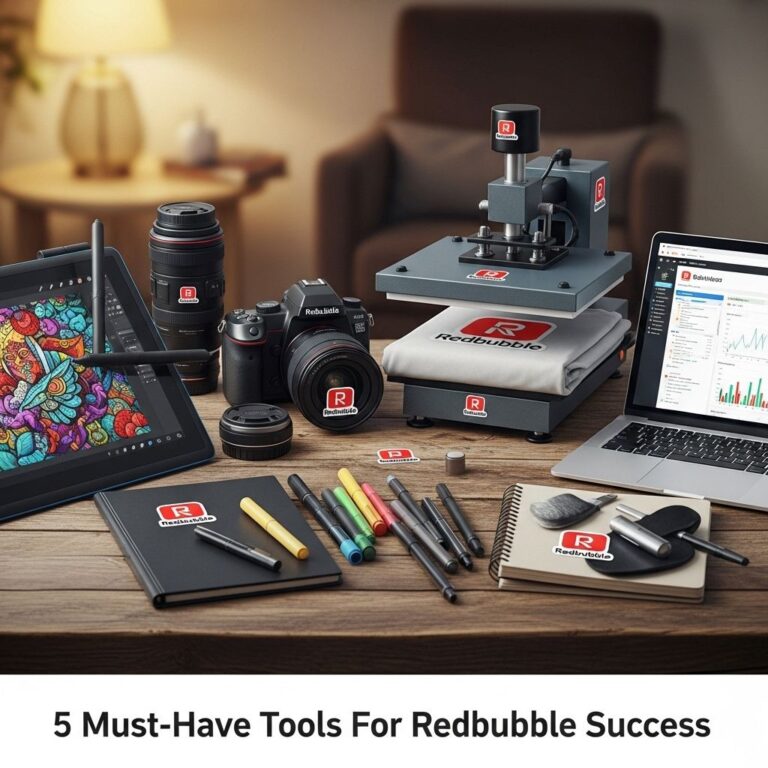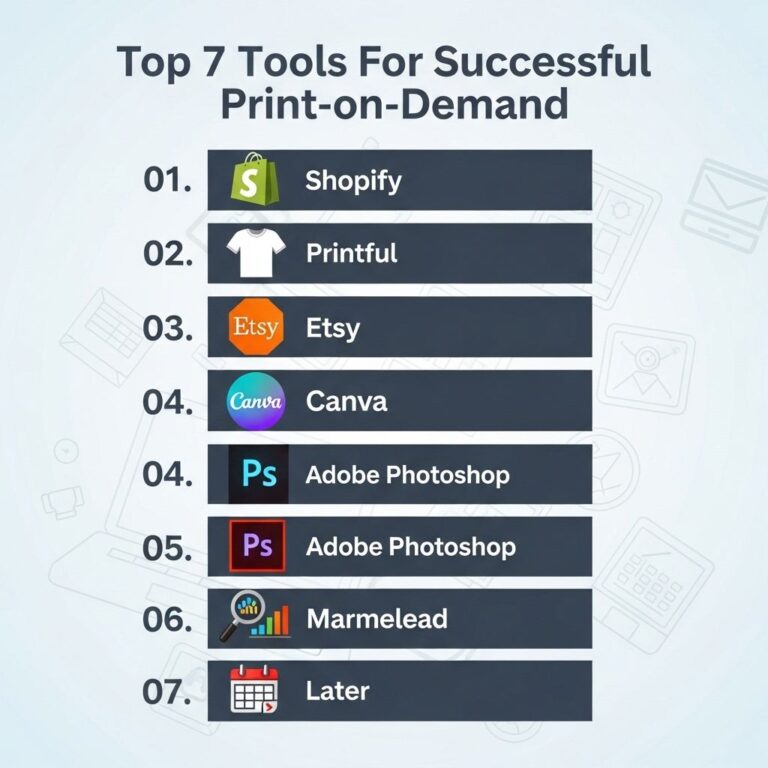Entering the world of dropshipping can be both exciting and daunting for new entrepreneurs. With the rise of e-commerce, dropshipping has emerged as a popular business model, allowing individuals to sell products without the need to hold inventory. However, success in this competitive market requires more than just setting up a website and listing products. In this article, we will explore practical tips that can help new entrepreneurs navigate the dropshipping landscape effectively.
Table of Contents
Understanding the Dropshipping Model
Before diving into specific strategies, it is essential to understand how the dropshipping model works. In essence, dropshipping allows retailers to sell products without maintaining stock. When a retailer sells a product, they purchase the item from a third-party supplier who then ships it directly to the customer. This model offers several advantages:
- No need for significant upfront investment in inventory.
- Ability to offer a wide variety of products.
- Flexibility to run the business from anywhere with an internet connection.
1. Niche Selection: Focus is Key
One of the most crucial steps in starting a dropshipping business is selecting the right niche. A focused niche helps you target a specific audience and reduces competition. Here are some criteria for choosing your niche:
Criteria for Niche Selection
- Passion and Interest: Choose a niche that you are passionate about to maintain motivation.
- Market Demand: Conduct research to ensure there is sufficient demand for products in your chosen niche.
- Profit Margins: Assess potential profit margins by analyzing supplier prices and market competition.
2. Find Reliable Suppliers
After selecting a niche, the next step is to find reliable suppliers. Your suppliers are crucial to your business as they handle inventory and shipping. Here are some tips for finding trustworthy suppliers:
Finding Suppliers
- Online Marketplaces: Platforms like AliExpress, Oberlo, and SaleHoo can help you find suppliers.
- Supplier Reviews: Look for suppliers with good reviews and ratings from other dropshippers.
- Communication: Test the responsiveness and communication style of potential suppliers.
- Sample Orders: Consider placing sample orders to evaluate product quality and shipping times.
3. Build an Attractive Online Store
Your online store is your business’s face to the world, and its design plays a major role in attracting and retaining customers. Here are some elements to consider:
Online Store Essentials
- User-Friendly Navigation: Ensure that your store is easy to navigate. Use clear categories and search functions.
- Responsive Design: Design your store to work well on mobile devices, as many customers shop via smartphones.
- High-Quality Images: Use high-quality images for your products, as this significantly affects conversion rates.
- Clear Product Descriptions: Write compelling and informative product descriptions that highlight benefits and features.
4. Implement Effective Marketing Strategies
Once your store is set up, the next step is to drive traffic to it. Here are some effective marketing strategies:
Digital Marketing Techniques
- Search Engine Optimization (SEO): Optimize your website for search engines to increase organic traffic.
- Social Media Marketing: Leverage platforms like Instagram and Facebook to engage with potential customers.
- Email Marketing: Build an email list and engage with your audience through newsletters and promotions.
- Influencer Partnerships: Collaborate with influencers in your niche to reach a broader audience.
5. Focus on Customer Service
Providing excellent customer service is vital for long-term success in dropshipping. Happy customers are more likely to return and recommend your store. Here are some customer service best practices:
Customer Service Tips
- Be Responsive: Respond to customer inquiries promptly and professionally.
- Handle Returns Gracefully: Develop a clear return policy and handle returns efficiently.
- Solicit Feedback: Ask customers for feedback to improve your services and offerings.
- Build Trust: Use customer testimonials and reviews to build trust with new visitors.
Conclusion
Starting a dropshipping business requires dedication, research, and a willingness to adapt. By focusing on niche selection, reliable suppliers, an attractive online store, effective marketing, and excellent customer service, new entrepreneurs can establish a successful dropshipping operation. As the e-commerce landscape evolves, staying informed about trends and continuously optimizing your business will be key to your ongoing success.
FAQ
What is dropshipping and how does it work?
Dropshipping is a retail fulfillment method where a store doesn’t keep the products it sells in stock. Instead, when a store sells a product, it purchases the item from a third party and has it shipped directly to the customer.
What are the top tips for starting a successful dropshipping business?
Some top tips include choosing the right niche, researching reliable suppliers, optimizing your online store for SEO, providing excellent customer service, and utilizing effective marketing strategies.
How do I choose the right niche for dropshipping?
Choosing the right niche involves researching market trends, identifying target audiences, analyzing competition, and selecting products that you are passionate about and that have potential for profit.
What should I look for in a dropshipping supplier?
When selecting a dropshipping supplier, consider their reliability, product quality, shipping times, customer service, and return policies to ensure a smooth operation for your business.
How can I effectively market my dropshipping store?
You can market your dropshipping store through social media marketing, content marketing, email marketing, search engine optimization (SEO), and paid advertising to reach your target audience effectively.
What are common mistakes to avoid in dropshipping?
Common mistakes include not researching your niche, choosing unreliable suppliers, neglecting customer service, underpricing or overpricing products, and failing to optimize your website for conversions.

